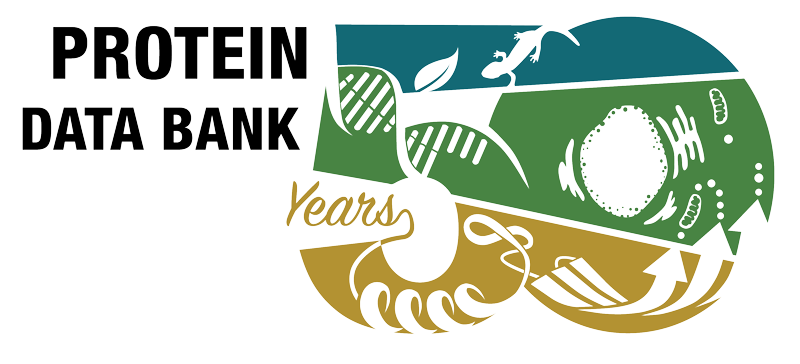Abstract
The loop following helix alpha2 in glutathione transferase P1-1 has two conserved residues, Cys48 and Tyr50, important for glutathione (GSH) binding and catalytic activity. Chemical modification of Cys48 thwarts the catalytic activity of the enzyme, and mutation of Tyr50 generally decreases the k(cat) value and the affinity for GSH in a differential manner. Cys48 and Tyr50 were targeted by site-specific mutations and chemical modifications in order to investigate how the alpha2 loop modulates GSH binding and catalysis. Mutation of Cys48 into Ala increased K(M)(GSH) 24-fold and decreased the binding energy of GSH by 1.5 kcal/mol. Furthermore, the protein stability against thermal inactivation and chemical denaturation decreased. The crystal structure of the Cys-free variant was determined, and its similarity to the wild-type structure suggests that the mutation of Cys48 increases the flexibility of the alpha2 loop rather than dislocating the GSH-interacting residues. On the other hand, replacement of Tyr50 with Cys, producing mutant Y50C, increased the Gibbs free energy of the catalyzed reaction by 4.8 kcal/mol, lowered the affinity for S-hexyl glutathione by 2.2 kcal/mol, and decreased the thermal stability. The targeted alkylation of Cys50 in Y50C increased the affinity for GSH and protein stability. Characterization of the most active alkylated variants, S-n-butyl-, S-n-pentyl-, and S-cyclobutylmethyl-Y50C, indicated that the affinity for GSH is restored by stabilizing the alpha2 loop through positioning of the key residue into the lock structure of the neighboring subunit. In addition, k(cat) can be further modulated by varying the structure of the key residue side chain, which impinges on the rate-limiting step of catalysis.



 PMID:
PMID: 